Feel free to select the coaching points that are most useful for your session plan and that match your training/coaching goals. You may have some of your own?

in more ways than one
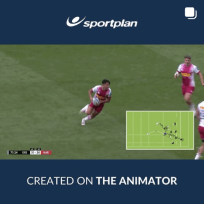
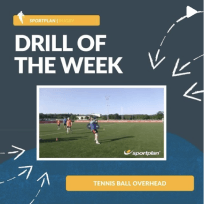
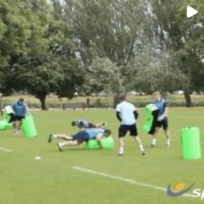

in more ways than one



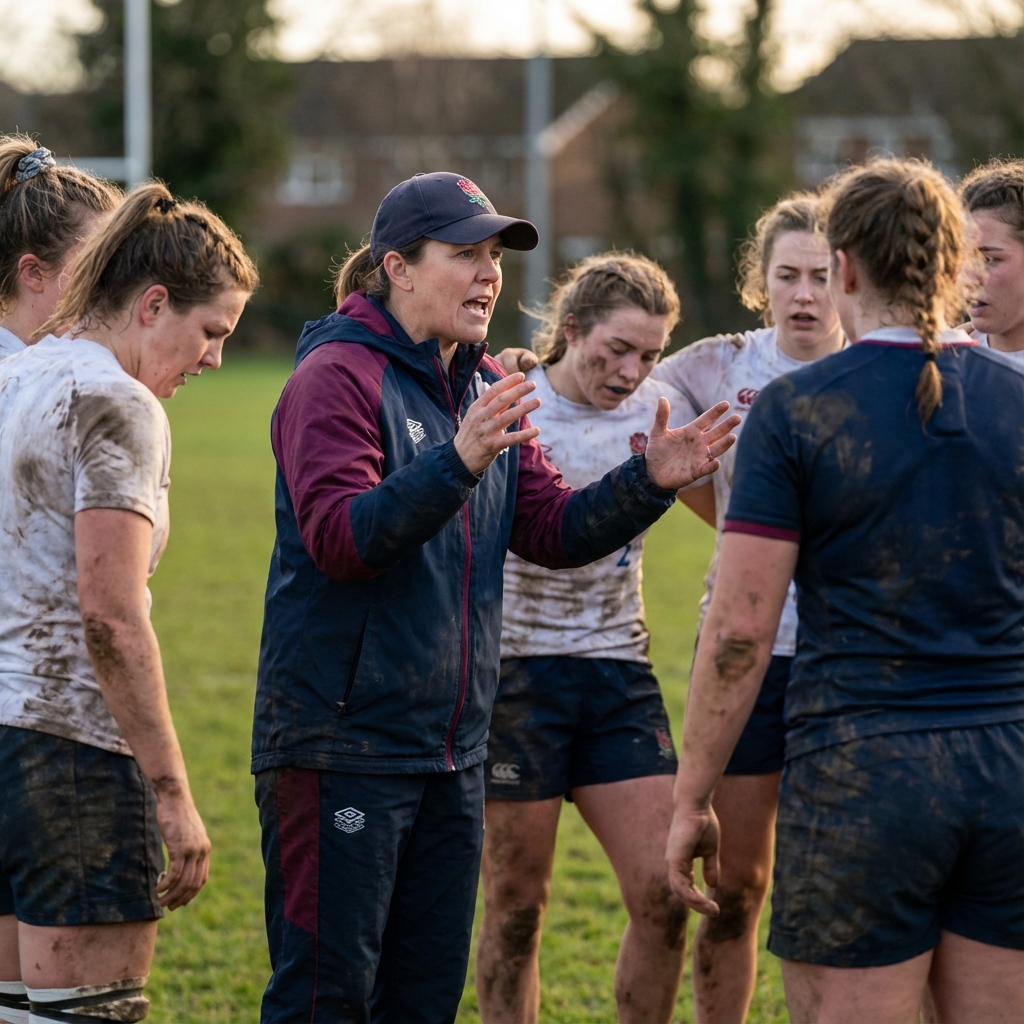
The 2025 Women's Rugby World Cup featured a record 32% female coaches - more than double 2021 figures. Here's what this growth means for the sport.
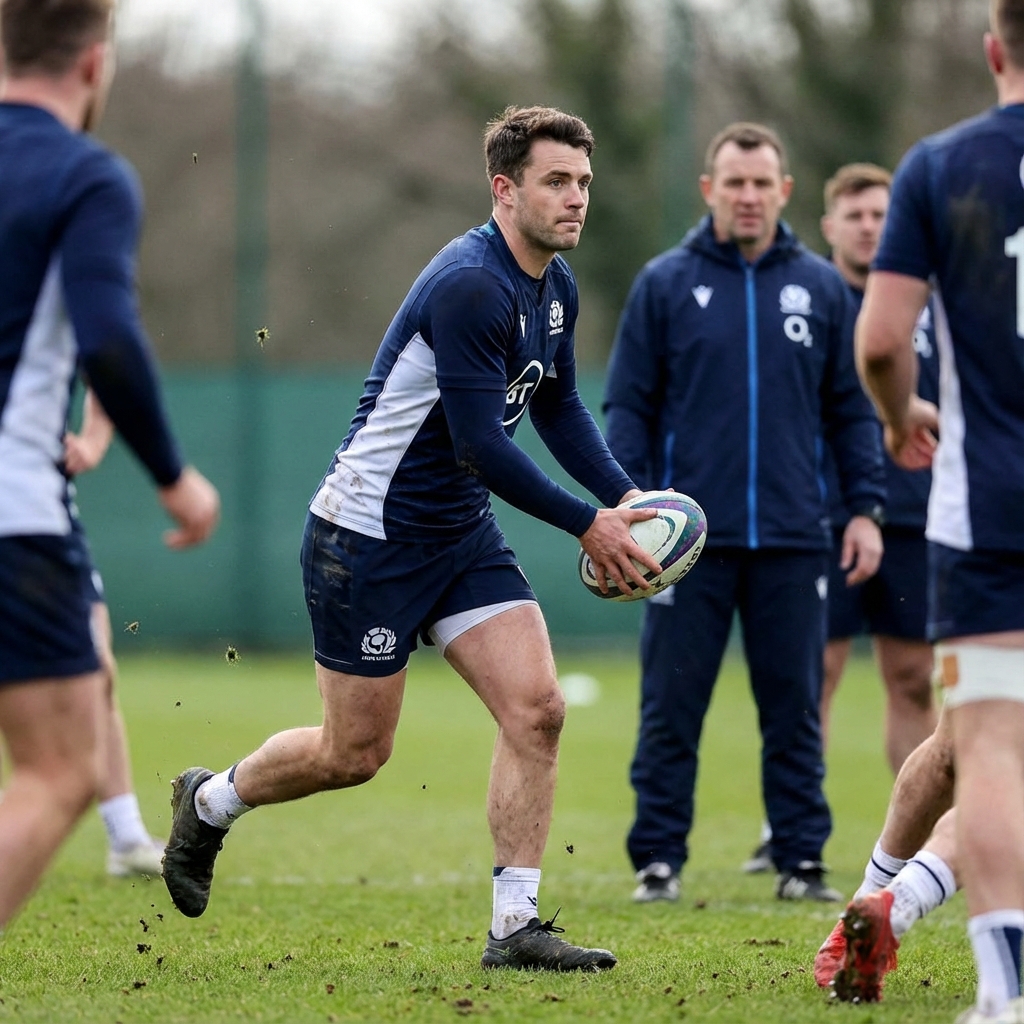
Matches are won by the team that makes better decisions under pressure. Learn how to develop game intelligence and manage critical moments.
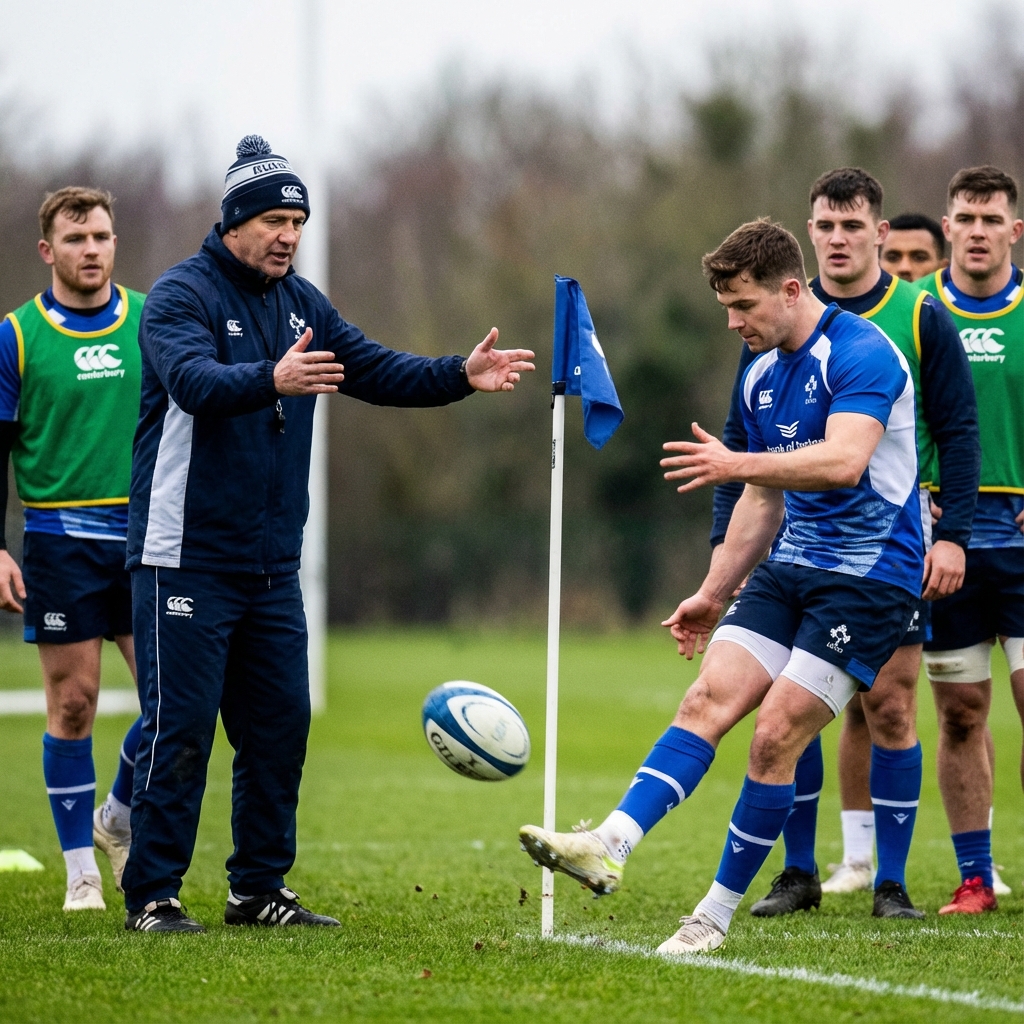
The 50:22 law has transformed tactical kicking, rewarding accuracy to the corners and punishing narrow defensive positioning. Here's how to exploit it.